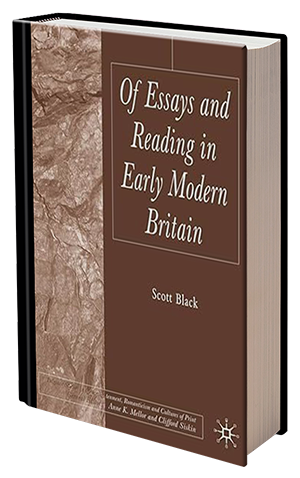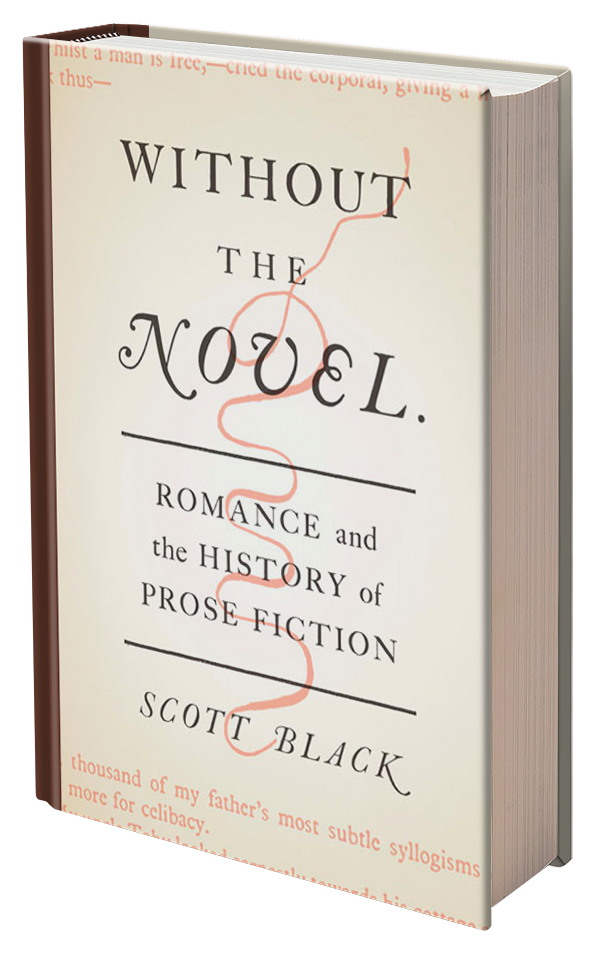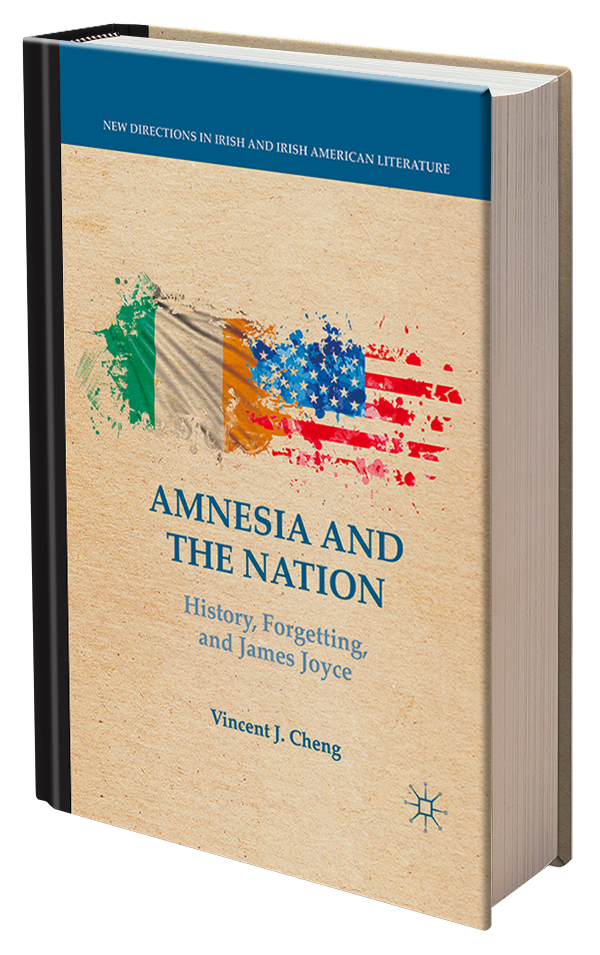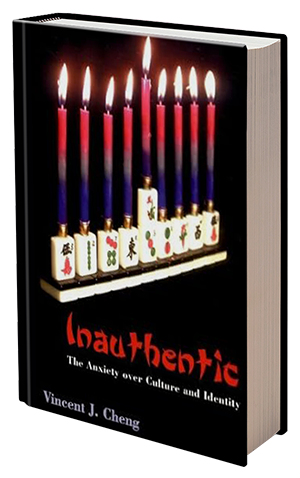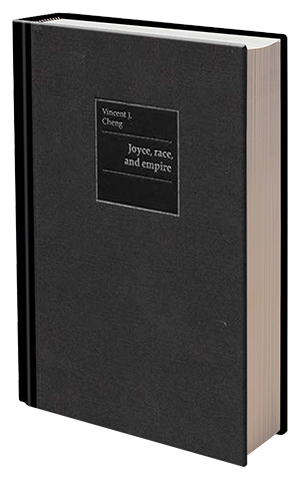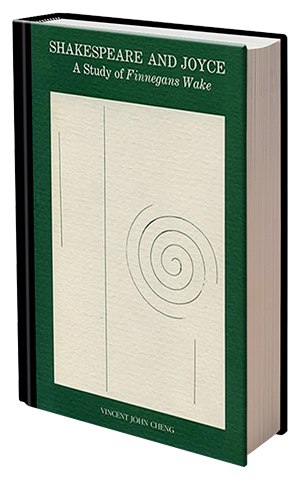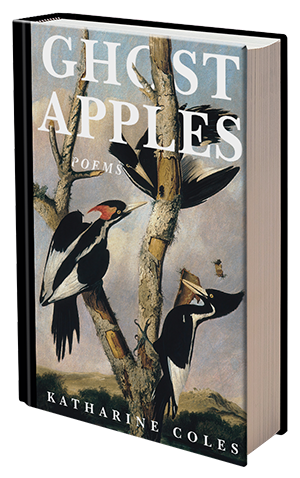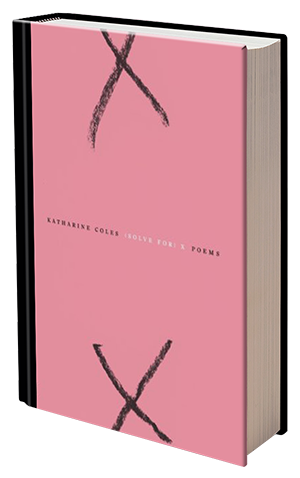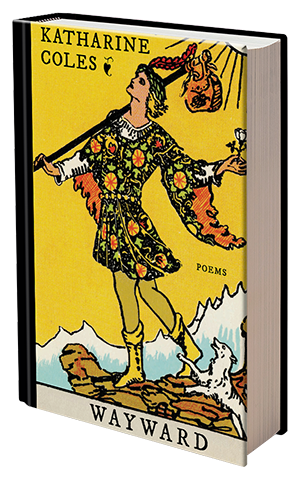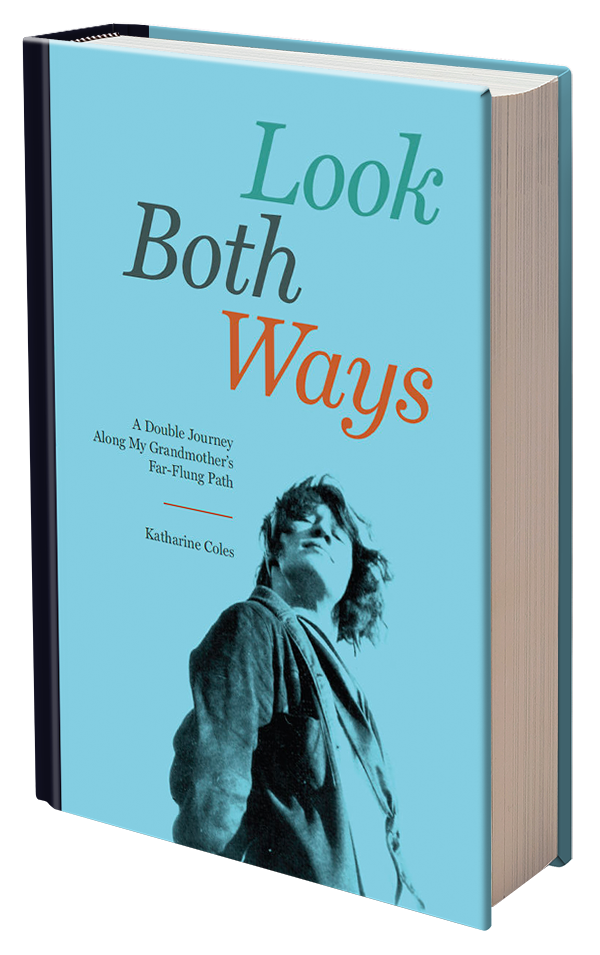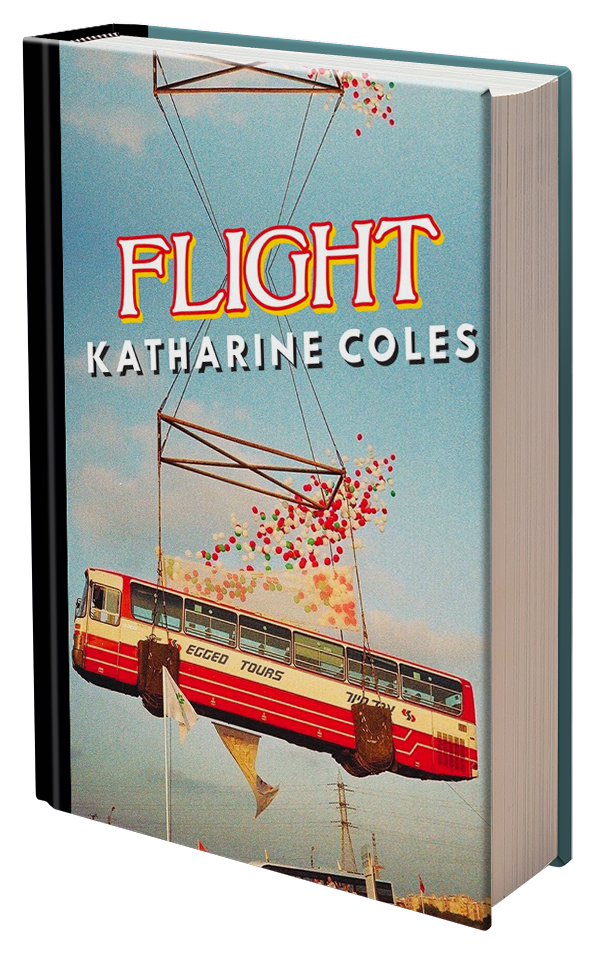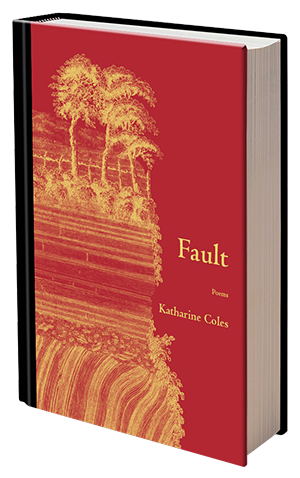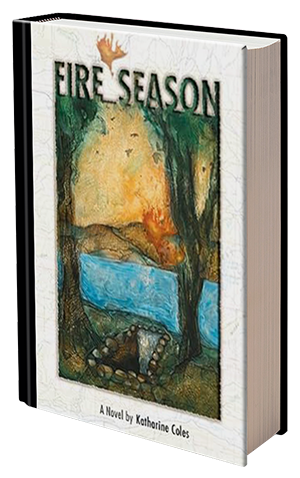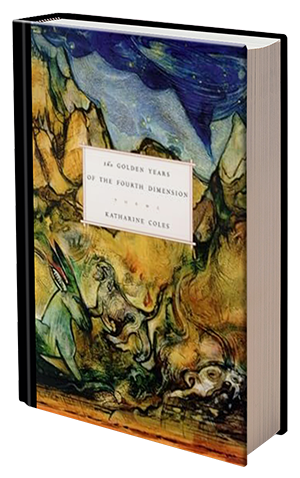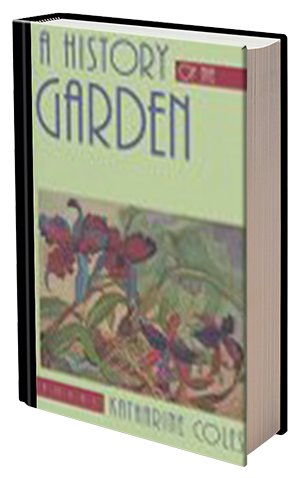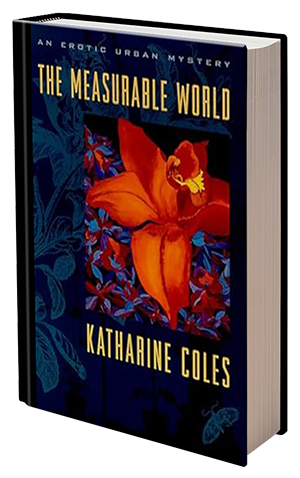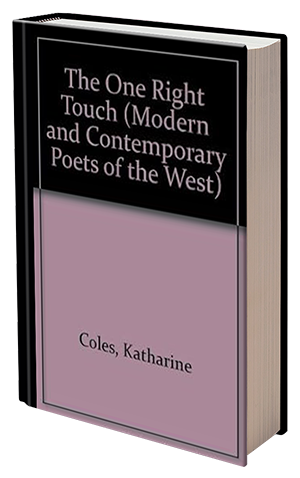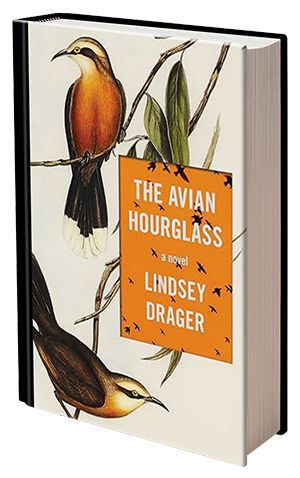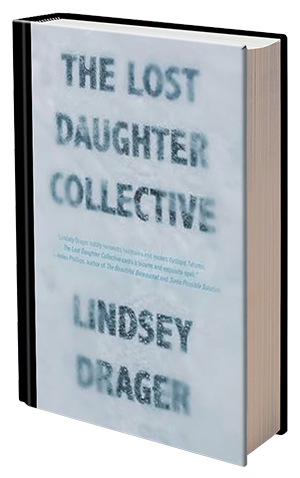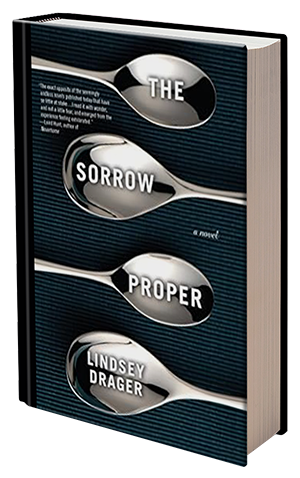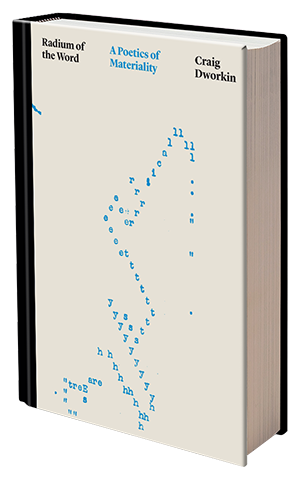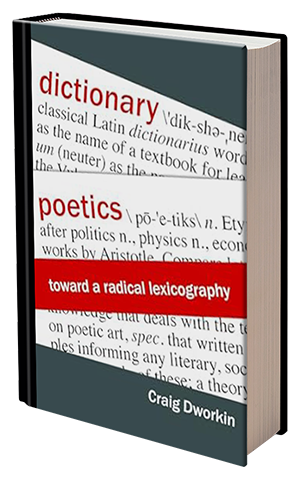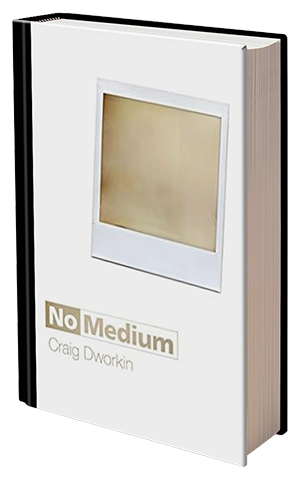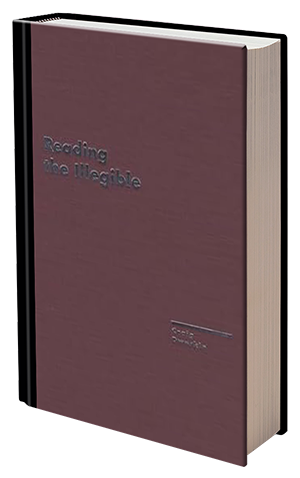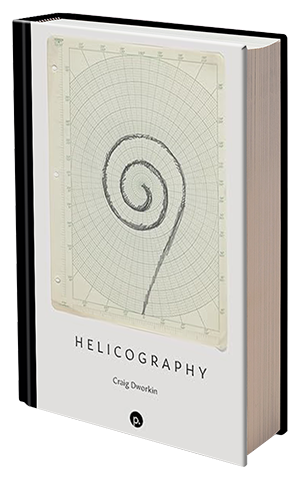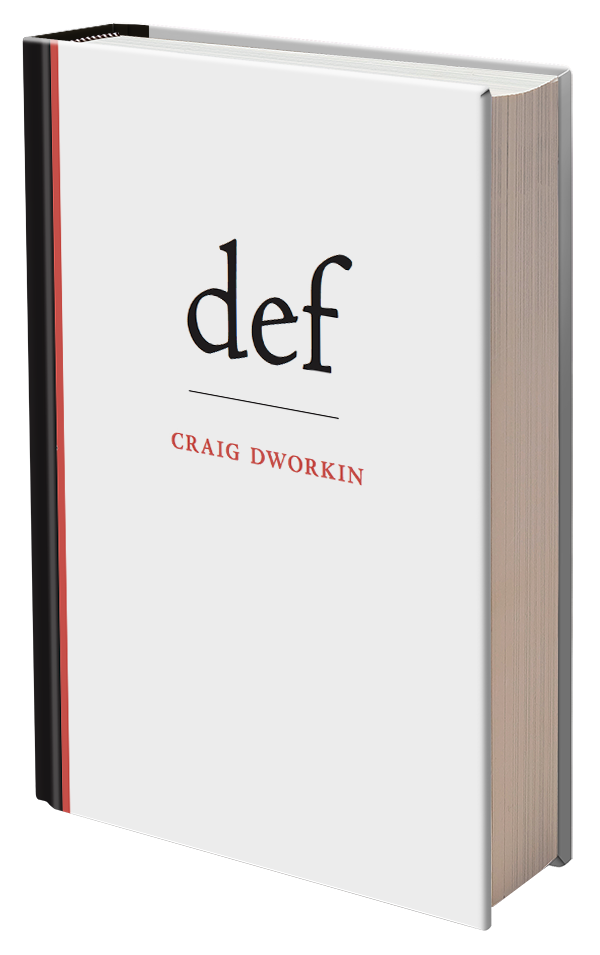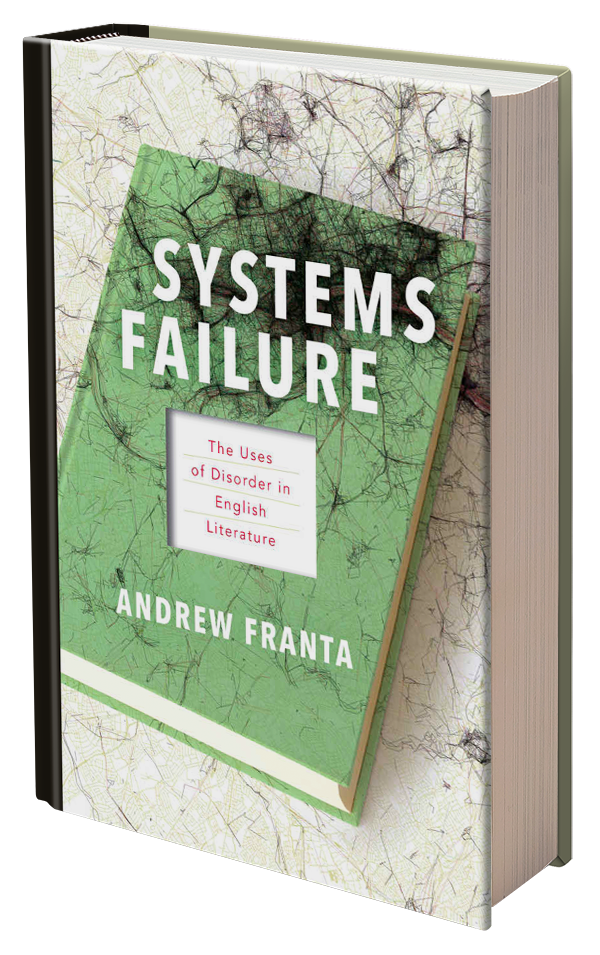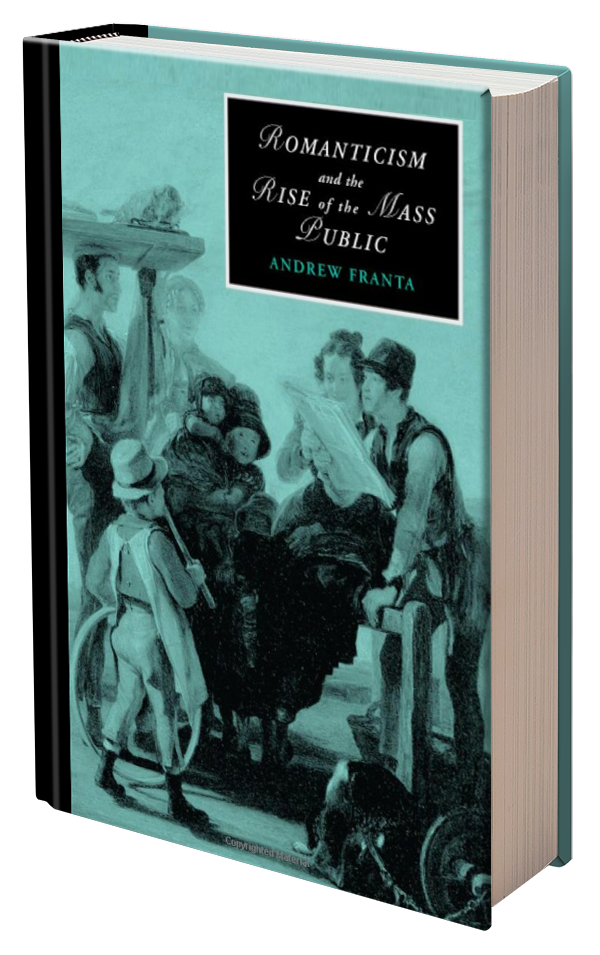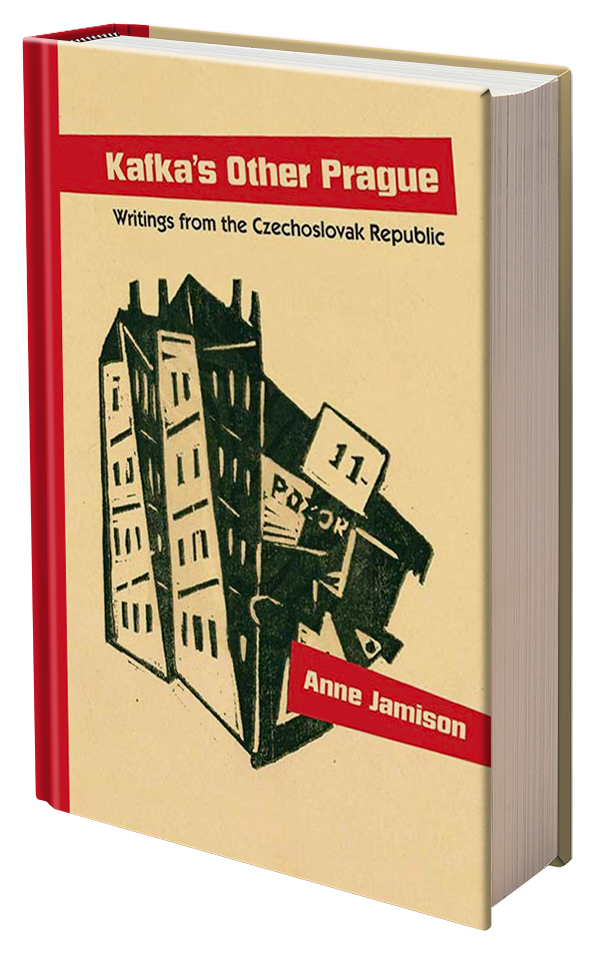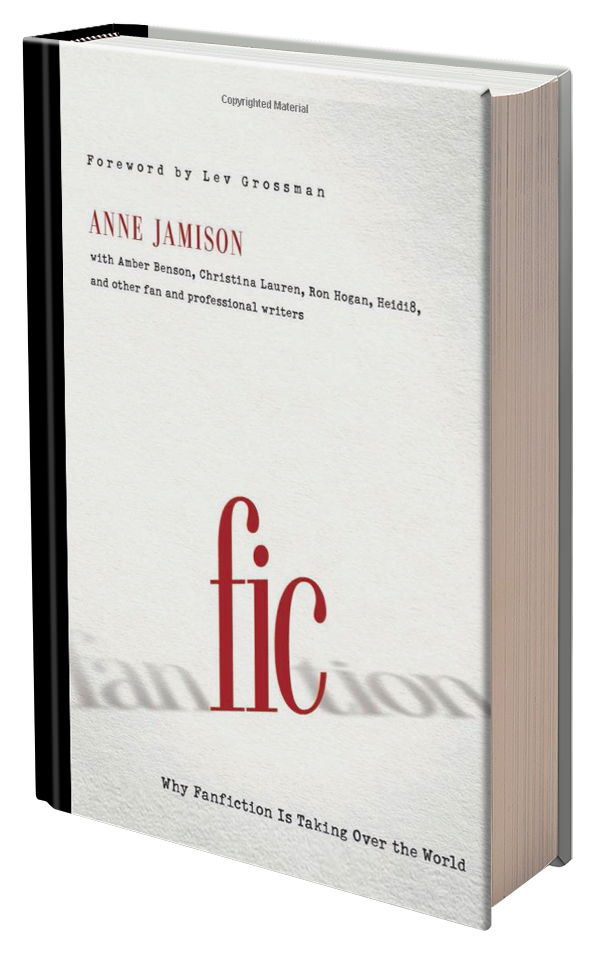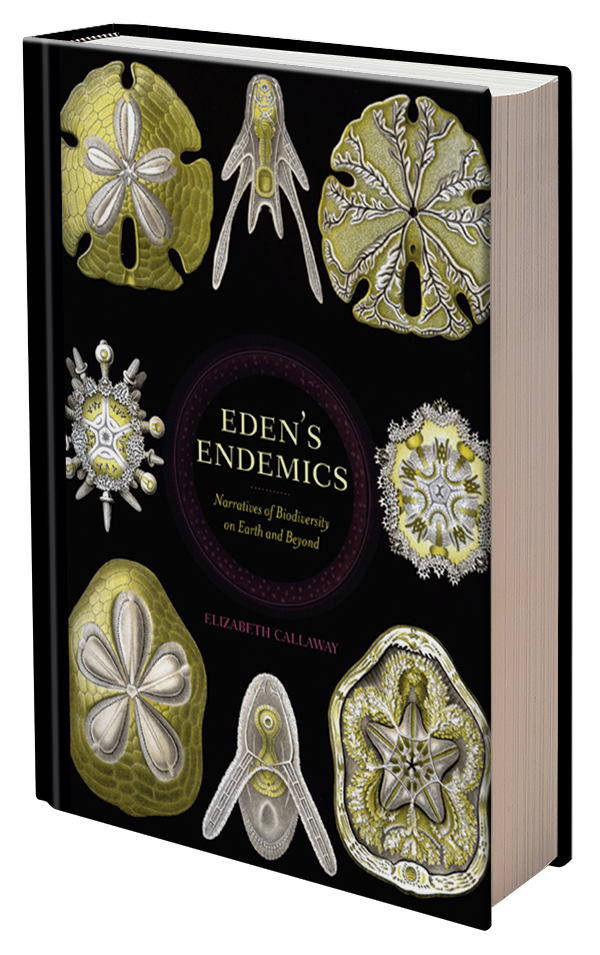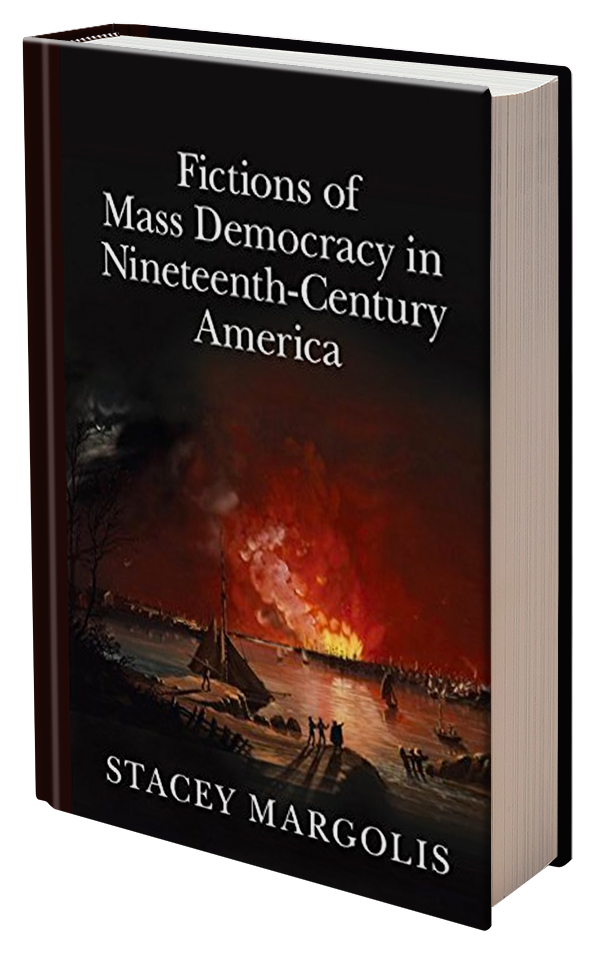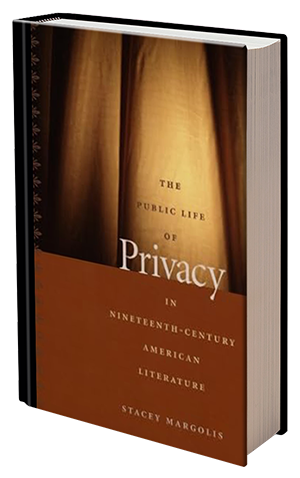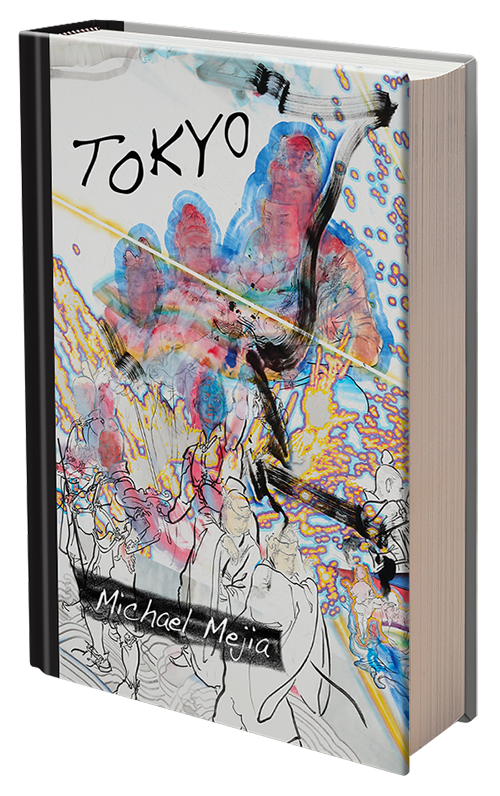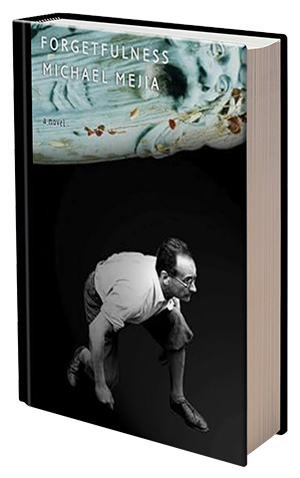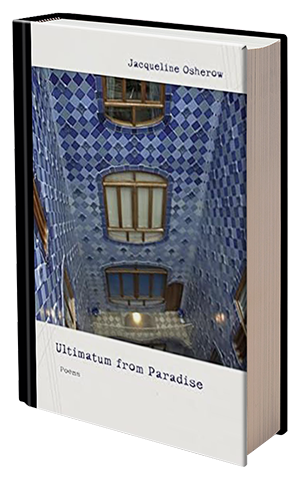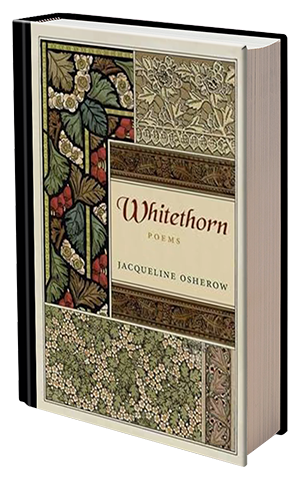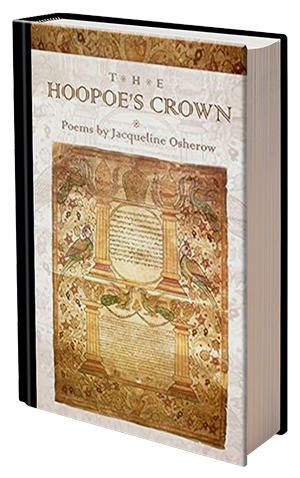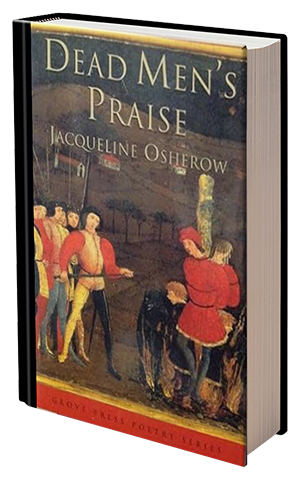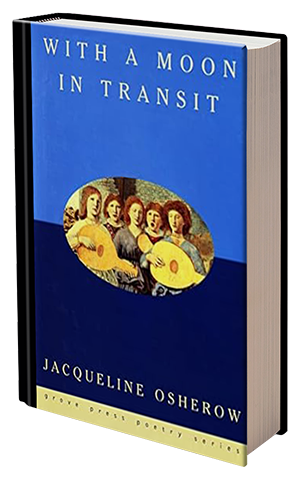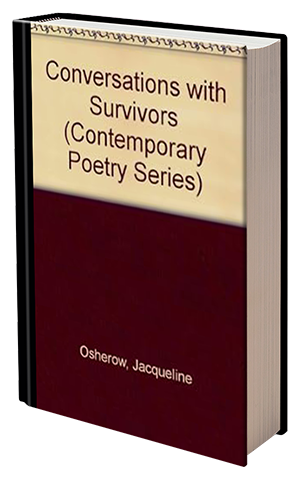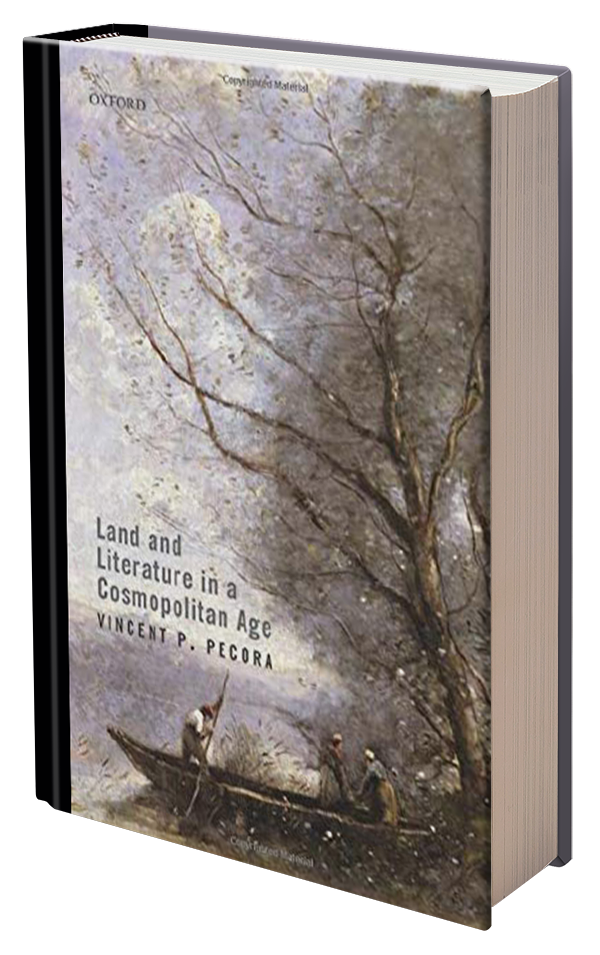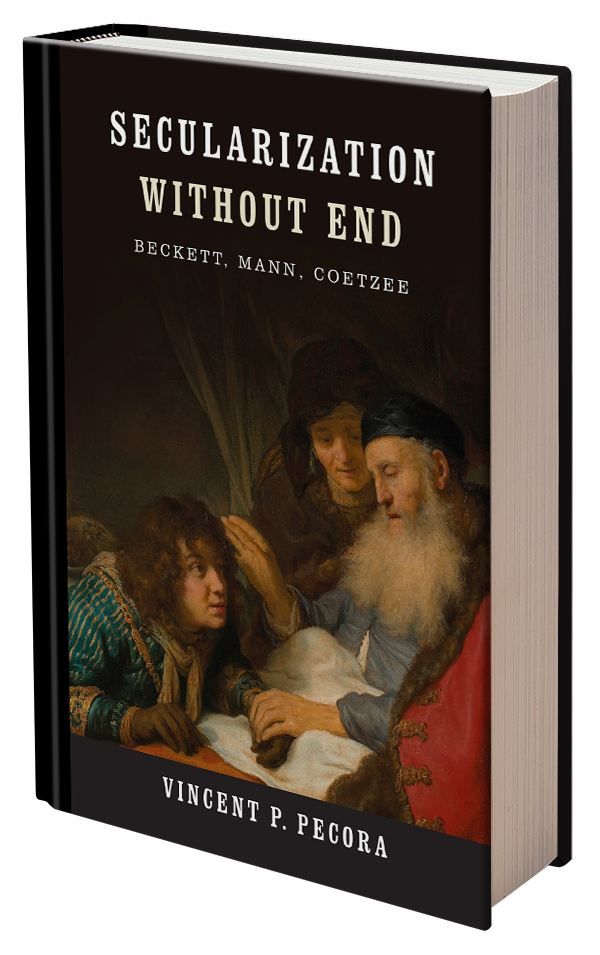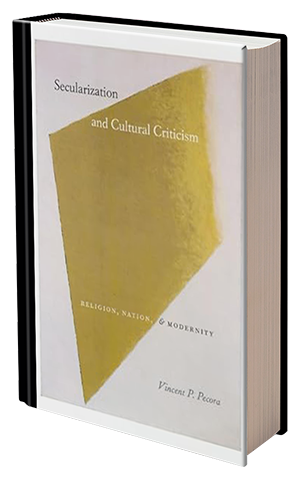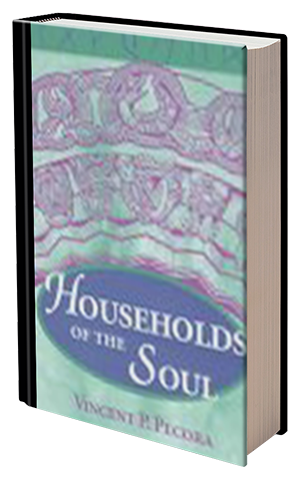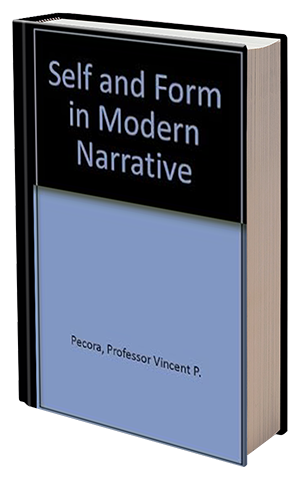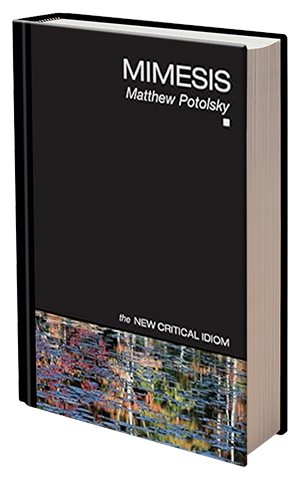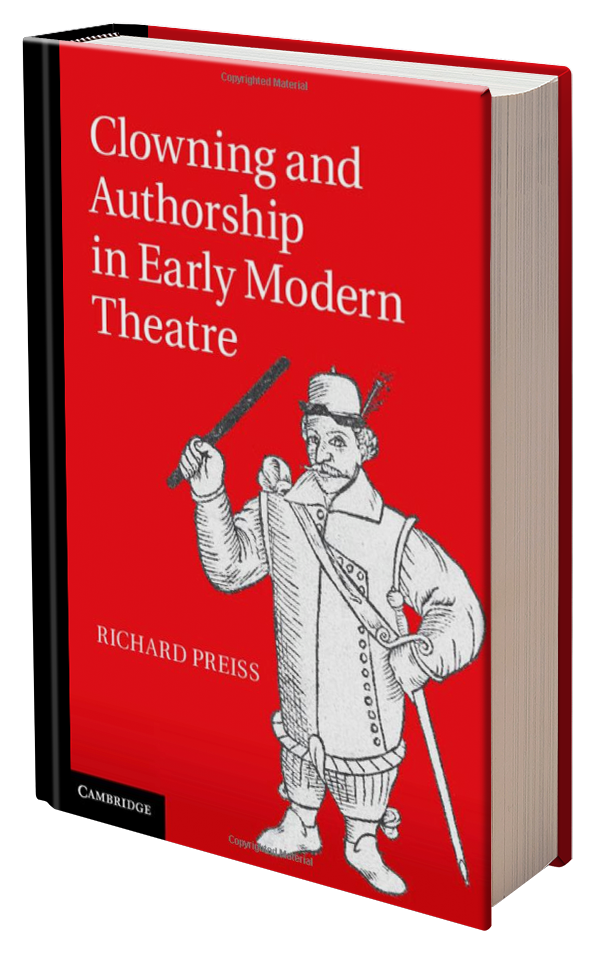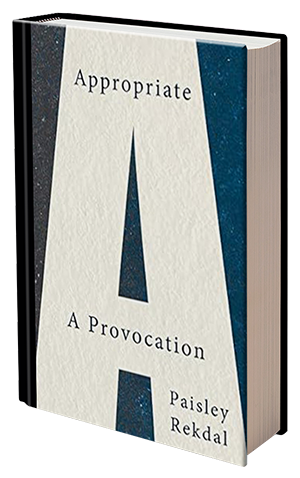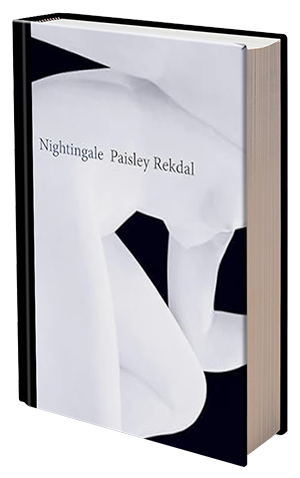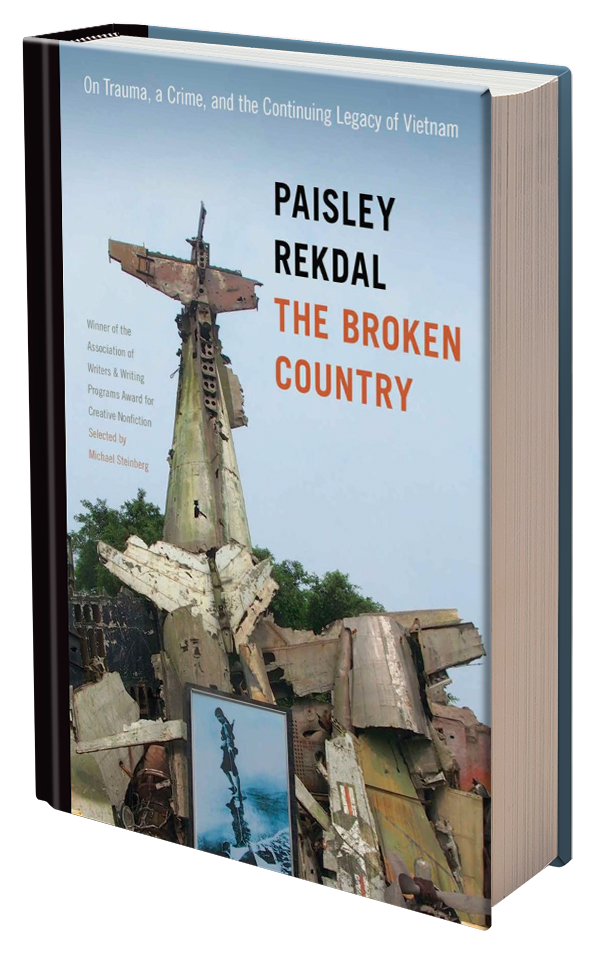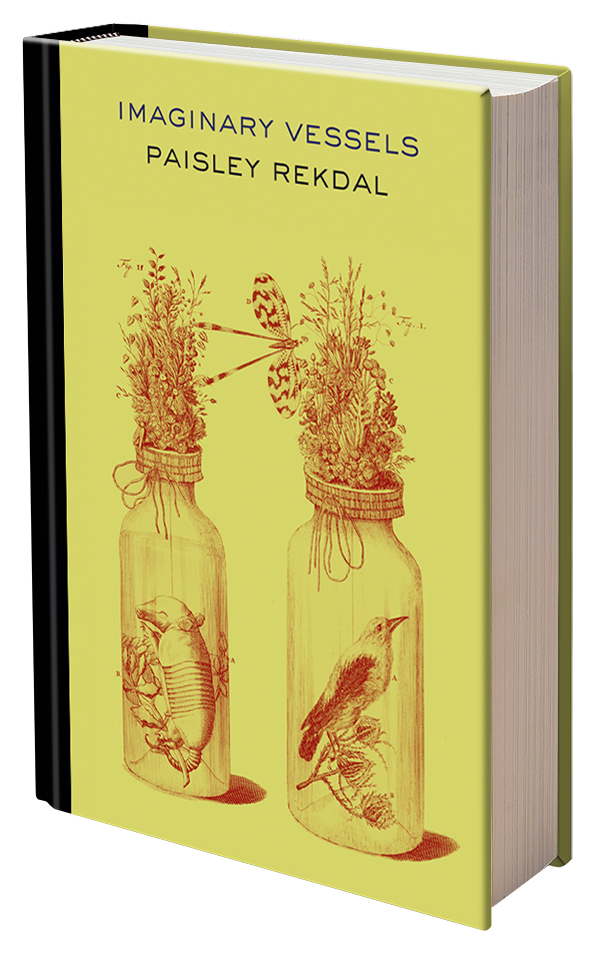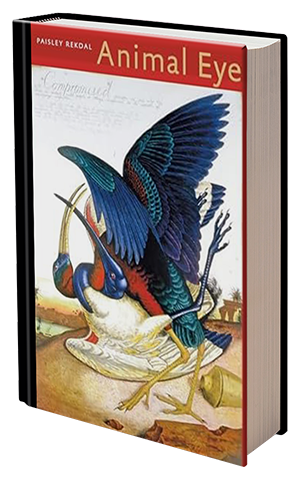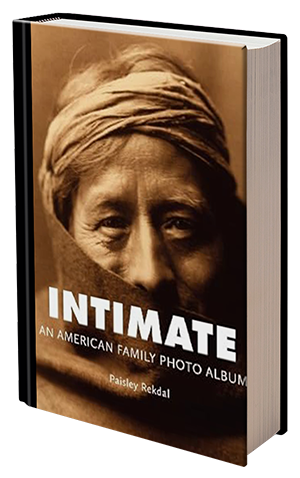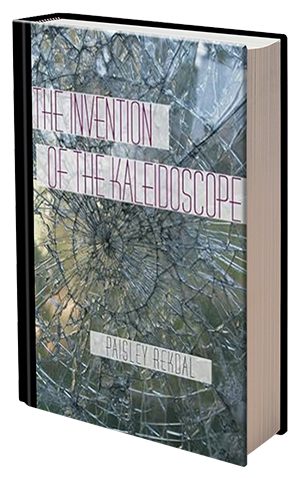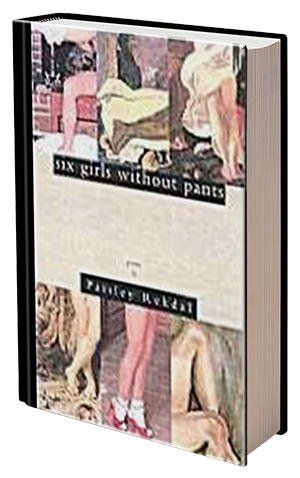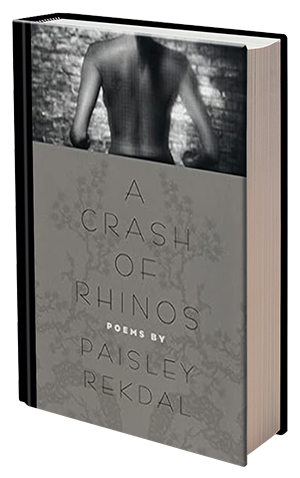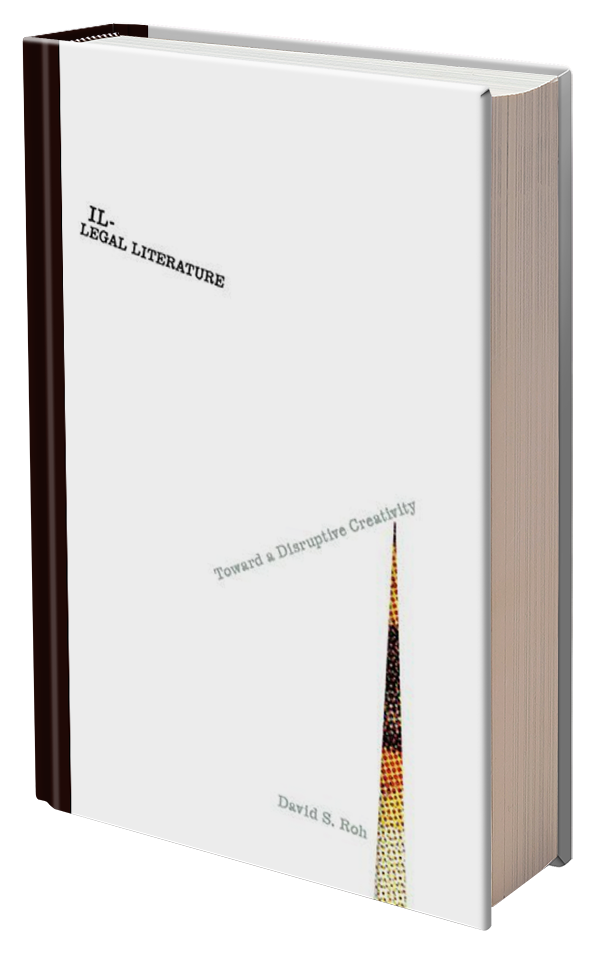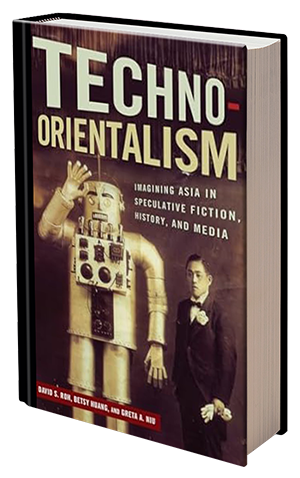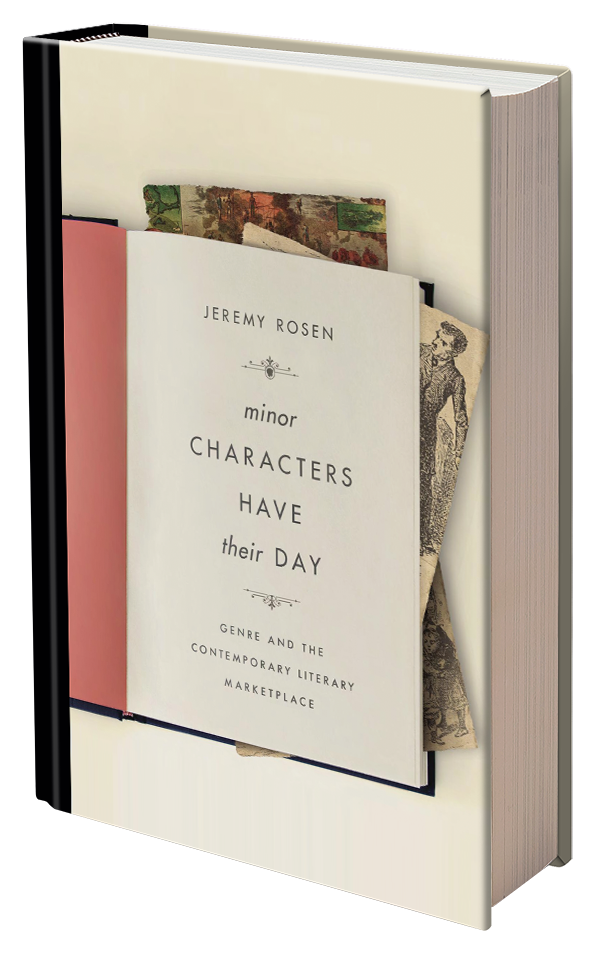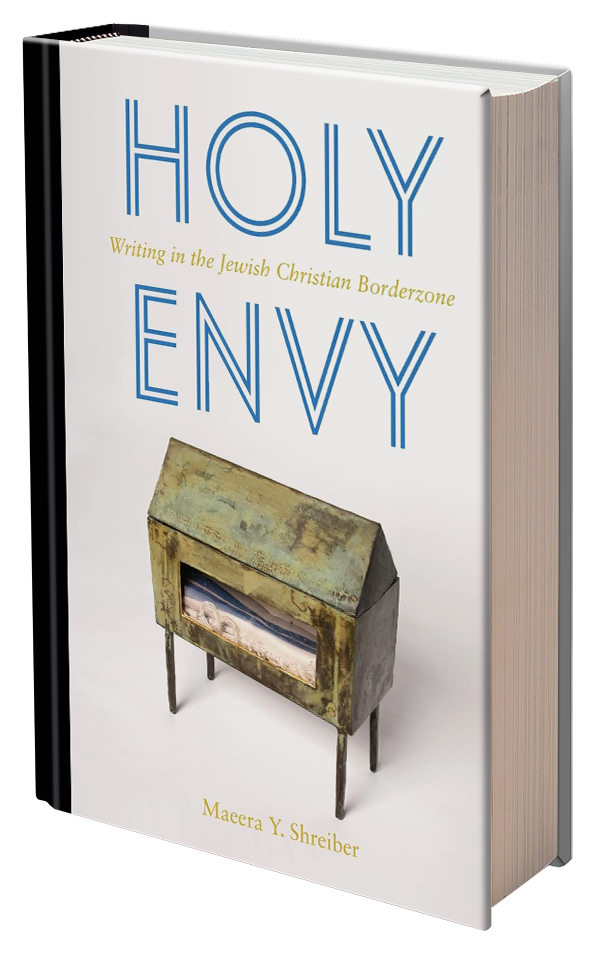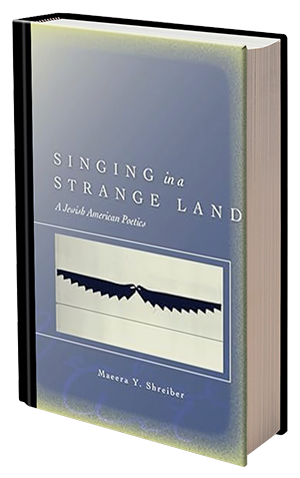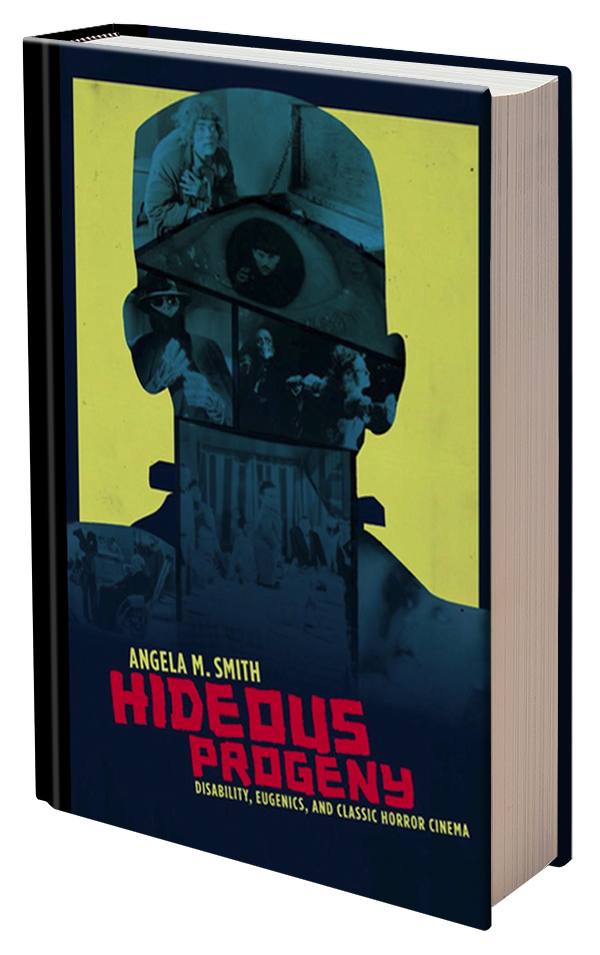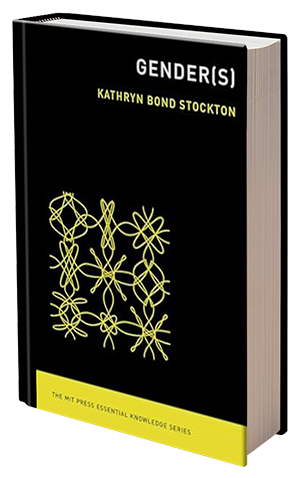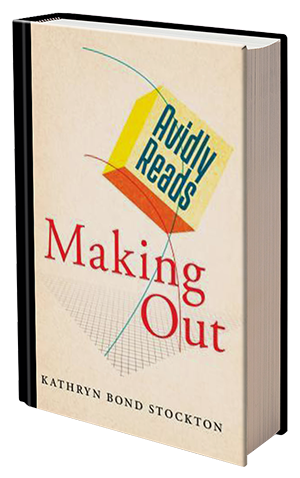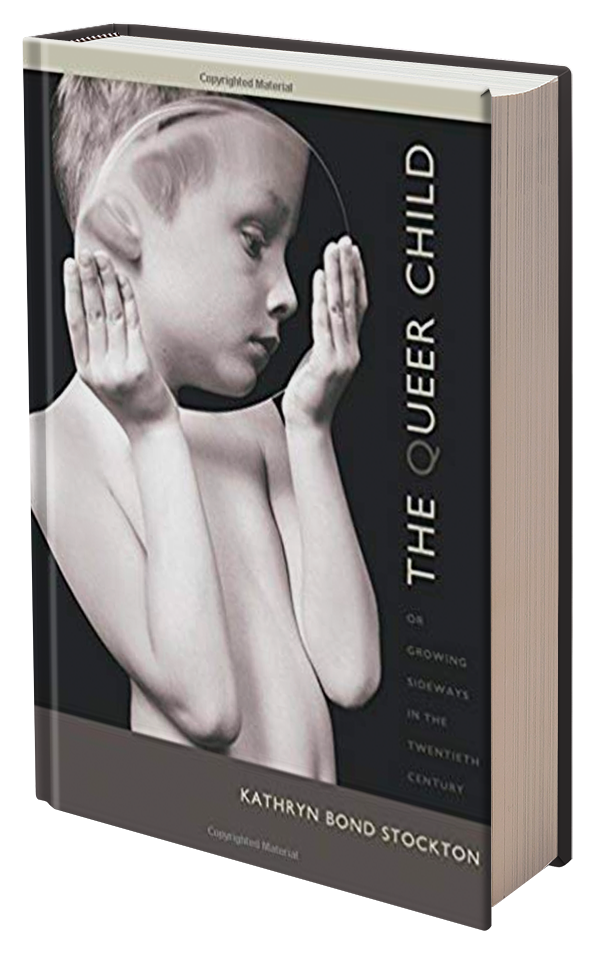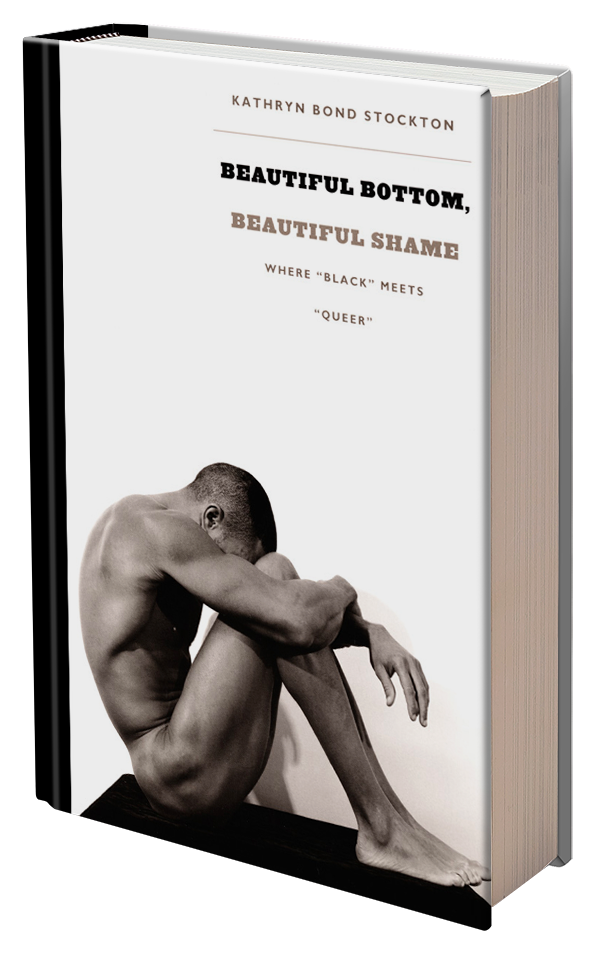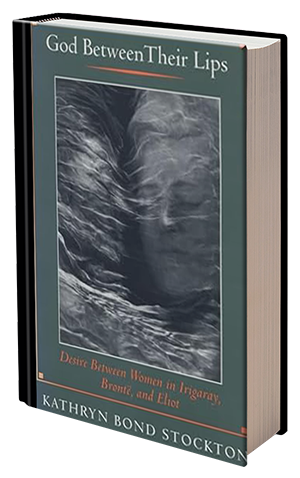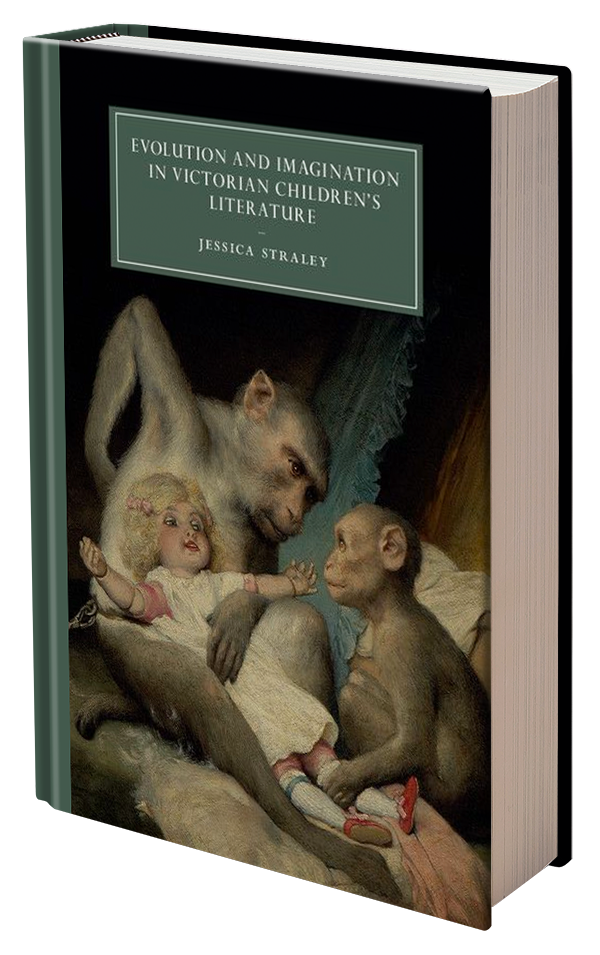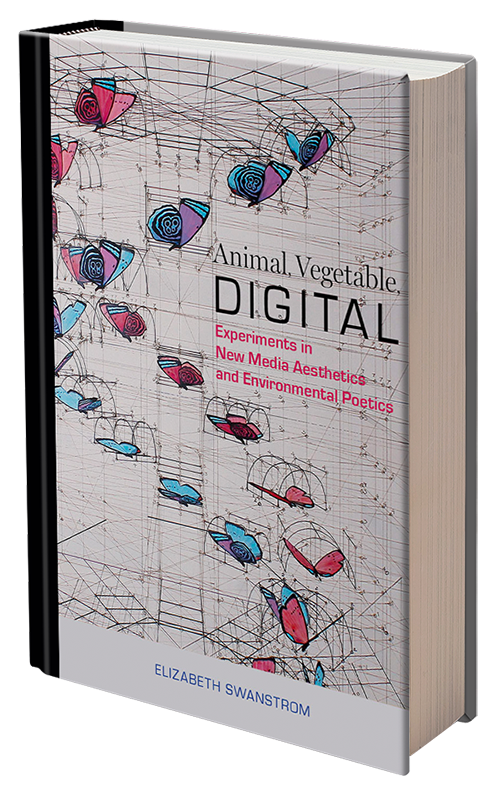Faculty Publications
Our Faculty Publication Bookshelf
Click the books below to get a synopsis
God Between Their Lips: Desire Between Women in Irigaray, Bronte, and Eliot
by Kathyrn Stockton
This book explores desire between women as a form of "spiritual materialism" in writings by Luce Irigaray, Charlotte Brontë, and George Eliot. To begin with the study's underlying paradox, "spiritual materialism": the author wishes to understand why the act of grasping materialities―a sob in the body or the body itself―has so often required a spiritual discourse; why materialism, as a way of naming matter-on-its-own-terms, and material relations that still lie submerged, hidden from view, evoke the shadowy forms we call "spiritual."
Making Out
by Kathyrn Stockton
Mid-kiss, do you ever wonder who you are, who you’re kissing, where it’s leading? It can feel luscious, libidinal, friendly, but are we trying to make out something through our kissing? For Kathryn Bond Stockton, making out is a prism through which to look at the cultural and political forces of our world: race, economics, childhood, books, and movies. Making Out is Stockton’s memoir about a non-binary childhood before that idea existed in her world. We think about kissing as we accompany Stockton to the bedroom, to the closet, to the playground, to the movies, and to solitary moments with a book, the ultimate source of pleasure.
Gender(s)
by Kathyrn Stockton
In this volume in the MIT Press Essential Knowledge series, Kathryn Bond Stockton explores the fascinating, fraught, intimate, morphing matter of gender. Stockton argues for gender's strangeness, no matter how "normal" the concept seems; gender is queer for everyone, she claims, even when it's played quite straight. And she explains how race and money dramatically shape everybody's gender, even in sometimes surprising ways. Playful but serious, erudite and witty, Stockton marshals an impressive array of exhibits to consider, including dolls and their new gendering, the thrust of Jane Austen and Lil Nas X, gender identities according to women's colleges, gay and transgender ballroom scenes, and much more.
Dwelling in Possibility: Women Poets and Critics on Poetry
by Maeera Shrieber
Dwelling in Possibility cuts across conventional boundaries between critical and creative writing by featuring the work of both women poets and feminist critics as they explore and exemplify the relationship between gender and poetic genres. The contributors suggest new ways of thinking and writing about poetry in light of contemporary questions about history and identity. Most of the contributions are published here for the first time.
Singing in a Strange Land: A Jewish American Poetics
by Maeera Shrieber
This book begins with a silence. While Jewish American fiction has long been recognized as a fit subject for critical inquiry, Jewish American poetry has largely been overlooked. Recently, a few books have started to redress this silence, focusing on some specific Jewish American poets. However, even as these studies begin to identify specific individuals as "Jewish American poets," the field must be theorized so that we might understand this fascinating occlusion. Poetic forms need to be identified; and the material difference of Jewish cultural practice must be taken into account. Taking a broad view of the subject, Singing in a Strange Land asks: How does being Jewish-in-America affect poetic production? And how does poetry help shape Jewish American identity? Beginning with a historical inquiry into the status of Jewish poetry as a marginalized kind of writing, and moving on to detailed analyses of poets including Allen Ginsberg, Adrienne Rich, Louis Zukofsky, Louise Glück, George Oppen, and Allen Grossman, Singing in a Strange Land helps us think about the ways in which displacement, exile, mourning, gender, and prayer contribute to the shaping of the Jewish American imagination and its poetic production.
Techno-Orientalism: Imagining Asia in Speculative Fiction, History, and Media
by David Roh
What will the future look like? To judge from many speculative fiction films and books, from Blade Runner to Cloud Atlas, the future will be full of cities that resemble Tokyo, Hong Kong, and Shanghai, and it will be populated mainly by cold, unfeeling citizens who act like robots. Techno-Orientalism investigates the phenomenon of imagining Asia and Asians in hypo- or hyper-technological terms in literary, cinematic, and new media representations, while critically examining the stereotype of Asians as both technologically advanced and intellectually primitive, in dire need of Western consciousness-raising.
A Crash of Rhinos
by Paisely Rekdal
In these quizzically probing and provocative poems, atoms and torture, tattoos and laundromats, mug shots, the theory of light, and such personalities as Joe Louis and Bruce Lee join in shaping a simultaneously personal and historical narrative of love, family, and desire. The tension between the public and the private saturates these poems with a breathless energy that carries the reader through Rekdal’s self-aware depiction of American culture and romance, complete with Harlequin romance novels and an account of her parents’ courtship. Though Rekdal delights in turning traditional images of love upside down, what she finally offers is a grateful and graceful view of humanity, which convinces us that, as she says in “Convocation”: “Nothing is a single moment . . . / No private event lacks history.”
The Night My Mother Met Bruce Lee
by Paisely Rekdal
When you come from a mixed race background as Paisley Rekdal does — her mother is Chinese American and her father is Norwegian– thorny issues of identity politics, and interracial desire are never far from the surface. Here in this hypnotic blend of personal essay and travelogue, Rekdal journeys throughout Asia to explore her place in a world where one’s “appearance is the deciding factor of one’s ethnicity.” In her soul-searching voyage, she teaches English in South Korea where her native colleagues call her a “hermaphrodite,” and is dismissed by her host family in Japan as an American despite her assertion of being half-Chinese. A visit to Taipei with her mother, who doesn’t know the dialect, leads to the bitter realization that they are only tourists, which makes her further question her identity. Written with remarkable insight and clarity, Rekdal a poet whose fierce lyricism is apparent on every page, demonstrates that the shifting frames of identity can be as tricky as they are exhilarating.
Six Girls Without Pants
by Paisely Rekdal
In Paisley Rekdal's second book of poems, all the flavors of one's expectations, every conceivable misconception and desire, each relationship, loss and spectacle are brought forth naturally, as though they had simply stepped from behind some trees. The poems frequently find themselves standing in Japanese block prints, or in Delos, or before a painting by Caravaggio, or inside the tale of Atalanta and Meleager. Rekdal's is a poetry of subtlety and grace, but shocking in its directness, its refusal to obscure or deny the difficult life to which self-knowledge must bring us. It is a poetry born not of mere technique, but of the unrelenting necessity to know and then to speak.
The Invention of the Kaleidoscope
by Paisely Rekdal
The Invention of the Kaleidoscope is a book of poetic elegies that discuss failures: failures of love, both sexual and spiritual; failures of the body; failures of science, art and technology; failures of nature, imagination, memory and, most importantly, the failures inherent to elegiac narratives and our formal attempt to memoralize the lost. But the book also explores the necessity of such narratives, as well as the creative possibilities implicit within the “failed elegy,” all while examining the various ways that self-destruction can turn into self-preservation.
Intimate: An American Family Photo Album
by Paisely Rekdal
Literary Nonfiction. Memoir. Asian American Studies. Native American Studies. INTIMATE is a hybrid memoir and "photo album" that blends personal essay, historical documentary, and poetry to examine the tense relationship between self, society, and familial legacy in contemporary America. Typographically innovative, INTIMATE creates parallel streams, narrating the stories of Rekdal's Norwegian-American father and his mixed-race marriage, the photographer Edward S. Curtis, and Curtis's murdered Apsaroke guide, Alexander Upshaw. The result is panoramic, a completely original literary encounter with intimacy, identity, family relations, and race.
Animal Eye
by Paisely Rekdal
Voted one of the five best poetry collections for 2012 by Publishers Weekly, Animal Eye employs pastoral motifs to engage a discourse on life and love, as Coal Hill Review states "It is as if a scientist is at work in the basement of the museum of natural history, building a diorama of an entire ecosystem via words. She seem snot only interested in using the natural world as a metaphoric lens in her poems but is set on building them item by item into natural worlds themselves."
Nightingale
by Paisely Rekdal
“Here, Rekdal translates pain into redemption, so that a loss is not an ending but a transformation, in this riveting poetic alchemy.” ―Publishers Weekly, starred review “Nightingale explores what few writers since Ovid have reminded us: metamorphosis is a violent act, requiring dismemberment, silence, and fragmentation before we can become something new.” ―New York Journal of Books Nightingale is a book about change. This collection radically rewrites and contemporizes many of the myths central to Ovid’s epic, The Metamorphoses, Rekdal’s characters changed not by divine intervention but by both ordinary and extraordinary human events. In Nightingale, a mother undergoes cancer treatments at the same time her daughter transitions into a son; a woman comes to painful terms with her new sexual life after becoming quadriplegic; a photographer wonders whether her art is to blame for her son’s sudden illness; and a widow falls in love with her dead husband’s dog. At the same time, however, the book includes more intimate lyrics that explore personal transformation, culminating in a series of connected poems that trace the continuing effects of sexual violence and rape on survivors. Nightingale updates many of Ovid’s subjects while remaining true to the Roman epic’s tropes of violence, dismemberment, silence, and fragmentation. Is change a physical or a spiritual act? Is transformation punishment or reward, reversible or permanent? Does metamorphosis literalize our essential traits, or change us into something utterly new? Nightingale investigates these themes, while considering the roles that pain, violence, art, and voicelessness all play in the changeable selves we present to the world.
Appropriate: A Provocation
by Paisely Rekdal
How do we properly define cultural appropriation, and is it always wrong? If we can write in the voice of another, should we? And if so, what questions do we need to consider first? In Appropriate, creative writing professor Paisley Rekdal addresses a young writer to delineate how the idea of cultural appropriation has evolved—and perhaps calcified—in our political climate. What follows is a penetrating exploration of fluctuating literary power and authorial privilege, about whiteness and what we really mean by the term empathy, that examines writers from William Styron to Peter Ho Davies to Jeanine Cummins. Lucid, reflective, and astute, Appropriate presents a generous new framework for one of the most controversial subjects in contemporary literature.
Mimesis
by Matthew Potolsky
A topic that has become increasingly central to the study of art, performance and literature, the term mimesis has long been used to refer to the relationship between an image and its ‘real’ original. However, recent theorists have extended the concept, highlighting new perspectives on key concerns, such as the nature of identity.
Self and Form in Modern Narrative
by Vincent Pecora
For readers committed to Hegelian Marxism, negative dialectics, totalization, and/or functionalism, Pecora's book will be a brilliant contribution to the debate.
Households of the Soul
by Vincent Pecora
The household. There are few ideas so freighted with meaning and emotion, so vital to other notions of life and society, or so prone to distortion and fantasy. At once the fundamental idea of classical economics and politics, the household constitutes a primary element of social thought. But a household is no simple thing, or even a single thing. Instead, it is an idea that has been shaped, hardened, cracked, repaired, demolished, rebuilt, canonized, despised, and fought over since Aristotle's time.In Households of the Soul, Vincent Pecora surveys the modern progress of an idea that is never far from the center of social controversy and political struggle. He examines key arguments that have shaped debates about household and clan as well as culture and language.
Secularization and Cultural Criticism: Religion, Nation, and Modernity
by Vincent Pecora
Religion is an undiscovered country for much of the secular academy, which remains deeply ambivalent about it as an object of study. On the one hand, secular scholars agree that it is time to take religion seriously. On the other, these same scholars persist in assuming that religion rests not on belief but on power and ideology. According to Vincent Pecora, the idea of the secular itself is the source of much of the contradiction and confusion in contemporary thought about religion. Pecora aims here to work through the paradoxes of secularization, which emerges in this book as an intractable problem for cultural criticism in the nation-states of the post-Enlightenment West.
Land and Literature in a Cosmopolitan Age
by Vincent Pecora
European culture after the Franco-Prussian War of 1870-71 was no stranger to ancient beliefs in an organic, religiously sanctioned, and aesthetically pleasing relationship to the land. The many resonances of this relationship form a more or less coherent whole, in which the supposed cosmopolitanism of the modern age is belied by a deep commitment to regional, nationalist, and civilizational attachments, including a justifying theological armature, much of which is still with us today. This volume untangles the meaning of the vital geographies of the period, including how they shaped its literature and intellectual life.
Conversations with Survivors
by Jacqueline Osherow
Poems present imaginary conversations with individuals who survive in the poet's memory, including Rainer Maria Rilke, Temptations member David Ruffin, Chilean songwriter Victor Jara, and the author's grandfather.
With a Moon in Transit
by Jacqueline Osherow
In With a Moon in Transit, Jacqueline Osherow has given us her most accomplished poetry to date. Integrating the strengths of her earlier work—humor, honesty, artifice, testimony—into compelling poems of great vigor and charm, she combines the often antithetical impulses of lyric and narrative verse. The result is an aesthetic largely her own, one that permits Osherow to treat emotionally charged events and elaborate ideas with remarkable control. Osherow’s observations are by turns gossipy, grand, sober, and hilarious. She sustains a disarming tone and manages to assimilate elements of both high and popular culture without apparent strain. While firmly rooted in the Hebrew Bible, her verse is also informed by authors as various as Dante and Dickinson. Yet for all that these poems are alive to the literary past, they remain sensitive to the rhythms of conversation and the tones of everyday speech. Osherow’s poems are composed with great clarity and rigor, but they never cease to sound casually spoken.
Dead Men’s Praise
by Jacqueline Osherow
With Dead Men's Praise, Jacqueline Osherow gives us her fourth and most ambitious collection yet. Her hybrid inspiration ranges from Dante's terza rima, to free verse, to biblical psalms, while always keeping the voice of casual conversation. In the book's centerpiece, "Scattered Psalms," Osherow takes on the Hebrew psalms, the lyric heart of both the English and Jewish literary traditions out of which her writing comes. Combining the self-mocking inflections of Yiddish jokes with the pure lyric inspiration of biblical poetry, these poems range from Italian hill towns to Los Angeles contemporary art installations to the vanished Jewish world of the Ukraine, from imaginings of the future to recovery of the past. Her distinctive voice becomes a seemingly impossible fusion of the sublime and the down-to-earth.
The Hoopoe's Crown
by Jacqueline Osherow
Dramatically urgent from the get-go, many of Jacqueline Osherow’s poems approach inconsistencies and mysteries in Biblical texts. From traditional poetic forms (sonnet, terza rima, villanelle, sestina, acrostic, loose ottava rima) to an austere free verse, Osherow mixes humor and seriousness while maintaining a conversational tone. These poems deal with Jewish tradition and the land of Israel in revelatory new ways.
Whitethorn
by Jacqueline Osherow
In "Poem for Jenne," which opens Jacqueline Osherow's ambitious and challenging new collection, a neighbor has planted larkspur and delphinium in the poet's yard and is tending them hoping to bring color and light into a household stricken by personal tragedy. As the bright blue, star-shaped flowers bloom for a second time, the poet writes, "earth's reaching for her heavens, I for words / or any chink of rapture I can claim." The pervasive theme, in this poem and throughout Whitethorn, is that human suffering may be irremediable, yet in nature and language one may find a key to unlock the mysteries of sorrow. Osherow searches for that cipher by exploring a range of suffering, from the personal to the historical and cultural. In the poem "Orders of Infinity" she visits Treblinka and, in her inability to count the stones or quantify the real loss of the Holocaust, ponders the impossibility of imagining the unborn generations of the victims' descendants, an infinity of lives not lived, "undreamed daydreams, mute conversations, ungratified indulgences, failed hints..." In Whitethorn, a book of enormous scope and emotional intelligence, Osherow unflinchingly examines the pain of her own personal history and courageously probes the greater mystery of evil and suffering in the world.
Ultimatum from Paradise
by Jacqueline Osherow
In this collection, Jacqueline Osherow gives us perfectly formed, musical poems that glide between the worlds of art, architecture, literature, and religion. Traveling through Europe, Tel Aviv, and New York, Osherow observes with a keen eye the details of objects -- beautiful buildings and ancient artifacts -- and of the conversations and interactions she has with others. Finely constructed and always engaging, her poems uncover the startling truths of memory and coax our own forgotten moments from the recesses of the mind.
Forgetfulness
by Michael Mejia
The first part of Forgetfulness is a fictional monograph on the life of the Austrian modernist composer Anton von Webern (1883-1945). The collage-work monograph unfolds in a Webernian sequence of events and silences combining quotes from Webern, his friends and associates, and various historical and literary figures with short scenes, monologues, dialogues, newspaper articles, and theater and film scripts. The result is a lyrical panorama of early twentieth century Vienna. The second part of the book takes place in Vienna on May 1st, 1986, shortly before the election of Kurt Waldheim as President of the Austrian Republic and shortly after the Chernobyl disaster. The three simultaneous, intertwining monologues of an archivist, a retired opera singer, and the author of the monograph, revisit the themes and events of the first part, commenting on postwar conceptions, analyses, and revisions of the period during which Webern lived, while continuously haunted by the specters of Waldheim and Chernobyl, the persistence of crimes that are immanent, unpaid for, or only dimly, disingenuously recalled.
The Public Life of Privacy in Nineteenth-Century American Literature
by Stacey Margolis
Stacey Margolis rethinks a key chapter in American literary history, challenging the idea that nineteenth-century American culture was dominated by an ideology of privacy that defined subjects in terms of their intentions and desires. She reveals how writers from Nathaniel Hawthorne to Henry James depicted a world in which characters could only be understood—and, more importantly, could only understand themselves—through their public actions. She argues that the social issues that nineteenth-century novelists analyzed—including race, sexuality, the market, and the law—formed integral parts of a broader cultural shift toward understanding individuals not according to their feelings, desires, or intentions, but rather in light of the various inevitable traces they left on the world. Margolis provides readings of fiction by Hawthorne and James as well as Susan Warner, Mark Twain, Charles Chesnutt, and Pauline Hopkins. In these writers’ works, she traces a distinctive novelistic tradition that viewed social developments—such as changes in political partisanship and childhood education and the rise of new politico-legal forms like negligence law—as means for understanding how individuals were shaped by their interactions with society. The Public Life of Privacy in Nineteenth-Century American Literature adds a new level of complexity to understandings of nineteenth-century American culture by illuminating a literary tradition full of accidents, mistakes, and unintended consequences—one in which feelings and desires were often overshadowed by all that was external to the self.
Helicography
by Craig Dworkin
Part art history essay, part experimental fiction, part theoretical manifesto on the politics of equivalence, Helicography examines questions of scale in relation to Robert Smithson’s iconic 1970 artwork Spiral Jetty. In an essay and film made to accompany the earthwork, Smithson invites us to imagine the stone helix of his structure at various orders of magnitude, from microscopic molecules to entire galaxies. Taking up this invitation with an unrelenting and literal enthusiasm, Helicography pursues the implications of such transformations all the way to the limits of logic. If other spirals, from the natural to the man-made, were expanded or condensed to the size of Spiral Jetty, what are the consequences of their physical metamorphoses? What other equivalences follow in turn, and where do their surprising historical, cultural, and mechanical connections lead? This book considers a number of forms in order to find out: the fluid vortices of whirlpools, hurricanes, and galaxies; the delicate shells of snails and the threatening pose of rattlesnakes; prehistoric ferns and the turns of the inner ear; the monstrous jaws of ancient sharks; a baroque finial scroll on a bass viol; a 19th-century watch spring; phonograph discs and spooled film; the largest open-pit mine on the planet.
Reading the Illegible
by Craig Dworkin
A poet takes another's text, excises this, prints over that, cancels, erases, rearranges, defaces--and generally renders the original unreadable, at least in its original terms. What twentieth-century writers and artists have meant by such appropriations and violations, and how the "illegible" results are to be read, is the subject Craig Dworkin takes up in this ambitious work.In his scrutiny of selected works, and with reference to a rich variety of textual materials--from popular and scientific texts to visual art, political and cultural theories, and experimental films--Dworkin proposes a new way of apprehending the radical formalism of so-called unreadable texts. Dworkin unveils what he describes as "the politics of the poem"--what is signified by its form, enacted by its structures, and implicit in the philosophy of language; how it positions its reader; and other questions relating to the poem as material object. In doing so, he exposes the mechanics and function of truly radical formalism as a practice that move beyond aesthetic considerations into the realms of politics and ideology. Reading the Illegible asks us to reconsider poetry as a physical act, and helps us to see how the range of a text's linguistic and political maneuvers depends to a great extent on the material conditions of reading and writing as well as the mechanics of reproduction.
No Medium
by Craig Dworkin
In No Medium, Craig Dworkin looks at works that are blank, erased, clear, or silent, writing critically and substantively about works for which there would seem to be not only nothing to see but nothing to say. Examined closely, these ostensibly contentless works of art, literature, and music point to a new understanding of media and the limits of the artistic object.
Dictionary Poetics: Toward a Radical Lexicography
by Craig Dworkin
The new ways of writing pioneered by the literary avant-garde invite new ways of reading commensurate with their modes of composition. Dictionary Poetics examines one of those modes: book-length poems, from Louis Zukofsky to Harryette Mullen, all structured by particular editions of specific dictionaries. By reading these poems in tandem with their source texts, Dworkin puts paid to the notion that even the most abstract and fragmentary avant-garde literature is nonsensical, meaningless, or impenetrable. When read from the right perspective, passages that at first appear to be discontinuous, irrational, or hopelessly cryptic suddenly appear logically consistent, rationally structured, and thematically coherent.
Radium of the Word: A Poetics of Materiality
by Craig Dworkin
With fresh insight and contemporary relevance, Radium of the Word argues that a study of the form of language yields meanings otherwise inaccessible through ordinary reading strategies. Attending to the forms of words rather than to their denotations, Craig Dworkin traces hidden networks across the surface of texts, examining how typography, and even individual letters and marks of punctuation, can reveal patterns that are significant without being symbolic—fully meaningful without communicating any preordained message.
The Sorrow Proper
by Lindsey Drager
The Sorrow Proper is a novel-length investigation of the anxiety that accompanies change. A group of aging librarians must decide whether to fight or flee from the end of print and the rise of electronic publications, while the parents of the young girl who died in front of the library struggle with their role in her loss. Anchored by the transposed stories of a photographer and his deaf mathematician lover each mourning the other's death, The Sorrow Proper attempts to illustrate how humans of all relationslovers, parents, colleaguescope with and challenge social "progress," a mechanism that requires we ignore, and ultimately forget, the residual in order.
The Lost Daughter Collective
by Lindsey Drager
Every woman was once a girl and every girl was once a daughter. For every woman in the world, there will always be laughter in slaughter. Midnight at the Institute. Using bedtime stories as cautionary tales, a Wrist Scholar tells his only child of the Lost Daughter Collective: a fabled group of bereaved fathers who meet in an abandoned umbrella factory to mourn the loss of their girls. Over everything hangs the mystery of the Archivist’s daughter―neither dead nor missing, but indisputably gone. Blurring the line between reality and artifice, far past and near future, Drager’s satirical exploration of gender politics and identity queers the old adage: “A son is a son ’til he finds himself a wife, but a daughter is a daughter all her life.” With allusions to Alice in Wonderland, The Wizard of Oz, and Peter Pan, The Lost Daughter Collective is a gothic fairy tale fusing the fabulism of Donald Barthleme and Ben Marcus with the language play of Rikki Ducornet and Jenny Offill.
The Archive of Alternate Endings
by Lindsey Drager
Tracking the evolution of Hansel and Gretel at seventy-five-year intervals that correspond with earth’s visits by Halley’s Comet, The Archive of Alternate Endings explores how stories are disseminated and shared, edited and censored, voiced and left untold.In 1456, Johannes Gutenberg’s sister uses the tale as a surrogate for sharing a family secret only her brother believes. In 1835, The Brothers Jacob and Wilhelm Grimm revise the tale to bury a truth about Jacob even he can’t come to face. In 1986, a folklore scholar and her brother come to find the record is wrong about the figurative witch in the woods, while in 2211, twin space probes aiming to find earth's sister planet disseminate the narrative in binary code. Breadcrumbing back in time from 2365 to 1378, siblings reimagine, reinvent, and recycle the narrative of Hansel and Gretel to articulate personal, regional, and ultimately cosmic experiences of tragedy. Through a relay of speculative pieces that oscillate between eco-fiction and psychological horror, The Archive of Alternate Endings explores sibling love in the face of trauma over the course of a millennium, in the vein of Richard McGuire's Here and Lars von Trier's Melancholia.
The Avian Hourglass
by Lindsey Drager
The birds have disappeared. The stars are no longer visible. The Crisis is growing worse. In a town as isolated as a snowglobe, a woman who dreams of becoming a radio astronomer struggles to raise the triplets she gave birth to as a gestational surrogate, whose parents were killed in a car accident. Surrounded by characters who wear wings, memorize etymologies, and build gigantic bird nests, and bound to this town in which young adults must decide between two binary worldviews—either YES or NO—the woman is haunted by the old fable of the Girl in Glass Vessel, a cautionary tale about prying back the façade of one’s world.
The One Right Touch
by Katherine Coles
In her collection The One Right Touch, Utah poet Katharine Coles explores the sometimes delicate, sometimes sinewy workings of relationships between men and women. Lovers, spouses, brothers and sisters, as well as fathers and daughters are represented here as Coles speaks to each in all their complexity.
The Measurable World
by Katherine Coles
This erotic urban mystery is set in Salt Lake City, Utah. Grace Stern, a botanist, is married to but separated from Pascal, a heart surgeon and soon-to-be murder victim. The murder touches off a series of events that threaten to overwhelm Grace as she struggles to make sense of her life. A cast of interesting characters and a provocative writing style make this first novel by Coles a compelling read.
A History of the Garden
by Katherine Coles
The poems in A History of the Garden examine a remarkable range of subjects - history and our place in it, tensions between science and technology, art, aesthetics, and spirituality - offering possible reconciliations and exploring ways we construct knowledge and belief as we approach a new millennium. Far from disengaging from the rhythms and passions of daily life, however, these poems use the backdrop of that life to provide constant context for more abstract concerns of the book. For these poems are also deeply personal, rooted in friendship, family, travel, the western landscape, and relationship.
The Golden Years of the Fourth Dimension
by Katherine Coles
The Golden Years of the Fourth Dimension is the third poetry volume of Katharine Coles, whose work always exciting, has grown with each collection. Her poetry is erotic at the same time it is scientific, and seductively accessible while it is intellectually challenging. The variety and high intelligence of these poems will entertain and gratify while tweaking the reader's interest in the richness of the history Coles so skillfully weaves into her poetic tapestry. Love, the natural world, sensuality, and ideas intertwine irresistibly in this fine collection.
Fire Season
by Katherine Coles
Fire Season is a tale of death and renewal, of love lost and new love found. It is a colorfully layered examination of character, of the interplay between generations, of the impact of history upon a small town and its inhabitants and of the promise of the future.
Fault
by Katherine Coles
In Fault, Katharine Coles continues to explore her abiding interest in the intersections of science, culture, and history, but the book is perhaps best described as an extended meditation on love. Ranging across time and continents, Coles addresses such figures as Newton, Kepler, and Vesalius, not only with intellectual rigor but also with humor, intimacy, and buoyant optimism that render her subjects the figures and the science accessible within the capacious intellectual, emotional, and physical landscapes of the poems.
The Earth Is Not Flat
by Katherine Coles
In 2010, poet Katharine Coles sailed across the Drake Passage to spend a month at a tiny Antarctic science station under the auspices of the National Science Foundation’s Antarctic Artists and Writers Program. The Earth Is Not Flat, the collection of poems written out of her adventure, invokes the vast land- and seascapes as well as the fauna – penguins, seals, whales, and scientists -she encountered along the way. Addressing not only the present reality of human habitation in Antarctica but also a rich history peopled by figures like Shackleton, Scott, and Amundsen, the poems bring Coles’ much-praised intelligence, passion, and humor to bear on subjects ranging from writing a grant proposal for scientists to heavy seas to the addictive potential of joy. Along the way, she continues her passionate meditation on reality and our place in it, using as her vehicles both the natural world and the human-created worlds of art, history, and science.
Wayward
by Katherine Coles
In her seventh collection, Wayward, Katharine Coles uses small poems to take on big questions, including love, aging, death, the permeable boundaries of self, and how we know what we know. Wayward begins with a poem, “How We Sing,” that makes explicit reference to poetic making and also to time and temporality. These concerns thread through the book’s three sections, unfolding for the most part seasonally, from summer to summer, though also backing up and considering time’s passage more holistically and from a distance, as in the elegies, the poems about aging and mortality, and the infinity erasures that both mark and bridge the section breaks. The poems as a whole, and especially the erasures, acknowledge how our experience of time is flexible, as is time itself (there can be different sizes of infinity, for example, as explored in “New Year Cento on Infinity and Mortality”). Within the large, abstract questions the poems address play out the intimate details of everyday life and love—that of spouses, parents and children, friends, and animal companions both wild and domestic. As Wayward begins located in time, it ends with a gesture “away,” outside time, in a poem of that title and a final infinity erasure that brings the collection full circle by joining that last poem with the first.
The Stranger I Become
by Katherine Coles
The Stranger I Become probes the permeable boundary between inner life and outer, thought and action, science and experience. Poet Katharine Coles begins her lyric essays with a meditation on “the urge to move beyond, to understand myself as a stranger, estranged.” The essays travel, always on foot, from Coles’ home with its kept and wild birds, into the canyon her home overlooks, itself populated with creatures ranging from voles to owls, moose, bobcats, and coyotes. From there, always looking, always walking, in the company of the words that move her, they traverse her neighborhood and distant places in this country and the world. All along, they consider the poetry that inhabits her: the winged creatures of Dickinson, Ashbery’s “reflections,” Keats’s “irritable reaching,” Anne Carson’s ever-unreachable apples, and more. Taken together, they make up what Lance Olsen calls “a poetics of the vivid.”
(Solve For) X
by Katherine Coles
Katharine Coles’s (Solve for) X opens a window in a room we did not realize was stuffy. The rigidity of knowledge yields to the beauty of the search, which is both captivating and mysterious. Organized as an abecedarium, the poems are couched in spare, emotionally charged diction that plumbs consciousness and moral responsibility. Coles meditates on an imaginary sister, impositions of the body on the mind, and the human mess that remains despite death or disaster. The mastery of how Coles writes and what she knows is matched only by her ease with the uncertain X. In (Solve for) X, she breaks down contrary ideas and reassembles them, harmoniously redesigned.
Ghost Apples
by Katherine Coles
In her ninth collection of poems, Ghost Apples, Katharine Coles interrogates and celebrates her relationship with the natural world and the various creatures who inhabit it, and in doing so asks what it means to be sentient and mortal on a fragile planet. From her own pet parrot, Henri, to the birds her husband attracts to their feeders, to the wildlife who live just outside—and regularly cross—her property on the wild edge of Salt Lake City, she uses her capacity for intense observation and meditation to think her way into other lives and possible shared futures, both good and bad.
Shakespeare and Joyce: A Study of "Finnegans Wake"
by Vincent Cheng
After God, Shakespeare created most, James Joyce wrote in Ulysses. The importance of Shakespeare in Ulysses has been often discussed and documented; that this royal bard is as central and omnipresent in Finnegans Wake has been roundly agreed upon by Joyce scholars, yet no printed volume has exhaustively investigated the topic. This study arrives, therefore, as a welcome and timely look into the assertion, as on critic put it, that "Finnegans Wake is about Shakespeare." "Throughout his life," Dr. Cheng writes, "Joyce was in the habit of comparing himself to England's national poet." In the Wake, Shakespeare—his life, his plays and his characters—forms a "dense and extensive matrix of allusion." Part I of this book provides a critical and interpretative view of how Shakespearean influences and allusions illuminate the themes and meanings of the Wake; the chapters are arranged to follow general patterns of allusion and motif. Part II comprises explications of a thousand Shakespearean allusions in Finnegans Wake, recorded by page and line of the novel. Finally, Part III is a set of appendixes which list the Shakespearean allusions by play, act, scene, and line for easy reference.
Joyce, Race, and Empire
by Vincent Cheng
In this first full-length study of race and colonialism in the works of James Joyce, Vincent J. Cheng argues that Joyce wrote insistently from the perspective of a colonial subject of an oppressive empire, and demonstrates how Joyce's texts constitute a significant political commentary on British imperialism in Ireland and on colonial discourses and ideologies in general. This is a groundbreaking study of the century's most internationally influential fiction writer, and of his powerful representations of the cultural dynamics of race, power, and empire.
Inauthentic: The Anxiety over Culture and Identity
by Vincent Cheng
Modern and contemporary cultures are increasingly marked by an anxiety over a perceived loss of authentic cultural identity. In this book, Vincent J. Cheng examines why we still cling to notions of authenticity in an increasingly globalized world that has exploded notions of authentic essences and absolute differences.
Of Essays and Reading in Early Modern Britain
by Scott Black
Of Essays and Reading in Early Modern Britain traces the co-evolution of the essay and the mode of literacy it enabled. Focusing on the interactive processes of reading captured by the form, Of Essays offers a new approach to early modern textuality. It shows how the genre served to record, test and disseminate the readerly skills required by a developing print culture, and how the essay was adopted as a mechanism of natural science, the public sphere, and the novel.
Land and Literature in a Cosmopolitan Age
by Vincent Pecora
European culture after the Franco-Prussian War of 1870-71 was no stranger to ancient beliefs in an organic, religiously sanctioned, and aesthetically pleasing relationship to the land. The many resonances of this relationship form a more or less coherent whole, in which the supposed cosmopolitanism of the modern age is belied by a deep commitment to regional, nationalist, and civilizational attachments, including a justifying theological armature, much of which is still with us today. This volume untangles the meaning of the vital geographies of the period, including how they shaped its literature and intellectual life.
Eden's Endemics: Narratives of Biodiversity on Earth and Beyond
by Elizabeth Callaway
In the past thirty years biodiversity has become one of the central organizing principles through which we understand the nonhuman environment. Its deceptively simple definition as the variation among living organisms masks its status as a hotly contested term both within the sciences and more broadly. In Eden’s Endemics, Elizabeth Callaway looks to cultural objects—novels, memoirs, databases, visualizations, and poetry— that depict many species at once to consider the question of how we narrate organisms in their multiplicity.
Touching on topics ranging from seed banks to science fiction to bird-watching, Callaway argues that there is no set, generally accepted way to measure biodiversity. Westerners tend to conceptualize it according to one or more of an array of tropes rooted in colonial history such as the Lost Eden, Noah’s Ark, and Tree-of-Life imagery. These conceptualizations affect what kinds of biodiversities are prioritized for protection. While using biodiversity as a way to talk about the world aims to highlight what is most valued in nature, it can produce narratives that reinforce certain power differentials—with real-life consequences for conservation projects. Thus the choices made when portraying biodiversity impact what is visible, what is visceral, and what is unquestioned common sense about the patterns of life on Earth.

